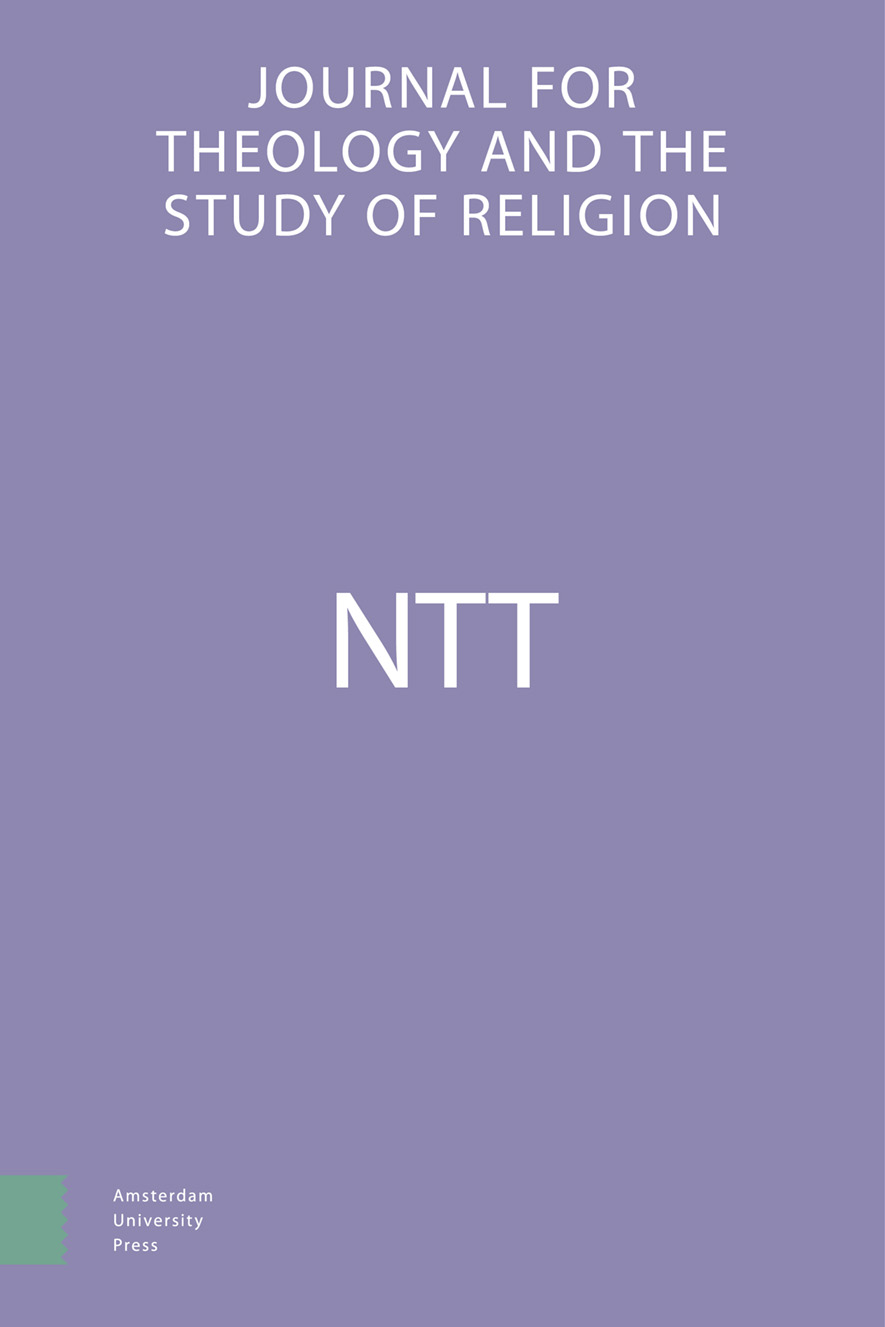-
oa The Sabbath in the parable of the shepherd
- Amsterdam University Press
- Source: NTT Journal for Theology and the Study of Religion, Volume 41, Issue 1, Jan 1987, p. 17 - 28
-
- 01 Jan 1987
Abstract
‘Sabbath is not frequently found in the Nag Hammadi texts (§ 1:1), but it has a clearly negative aspect in the ‘Exposition of Knowledge’ and the ‘Apocryphon of John’. Com-mentators of the ‘Gospel of Philip’ and the ‘Gospel of Truth’, however, find a very positive understanding of the word in these gnostic texts (§ 1:2-3). This contribution is an attempt to demonstrate that the usual interpretation of the latter treatise is not justified, and in order to pursue the precise meaning of Sabbath in Ever it is necessary to examine the meaning of the complicated digression on the parable of the Shepherd in this text (§ 2:4-5) with its distinctly gnostic interpretation (§ 3:7-9, 4: 10),sand its intertwining of (Jn 10: 1-) Mt 18:10ff. and Mt 12:11f. (-Jn 5:17) (§5:11-13) — a combination of texts which has nothing to do with the Diatessaron (§ 5:14). The elaboration on the theme of the lost sheep which has fallen into the pit (§ 6:15) is a clear instance of gnostic associative exegesis of the parable of the shepherd. In this exegesis the Sabbath is contrasted with the Perfect Day, the Sabbath denoting the cosmos or world of the Demiurge (6:17). The exegesis of the author is in close agreement with that of the Exposition of Knowledge.


